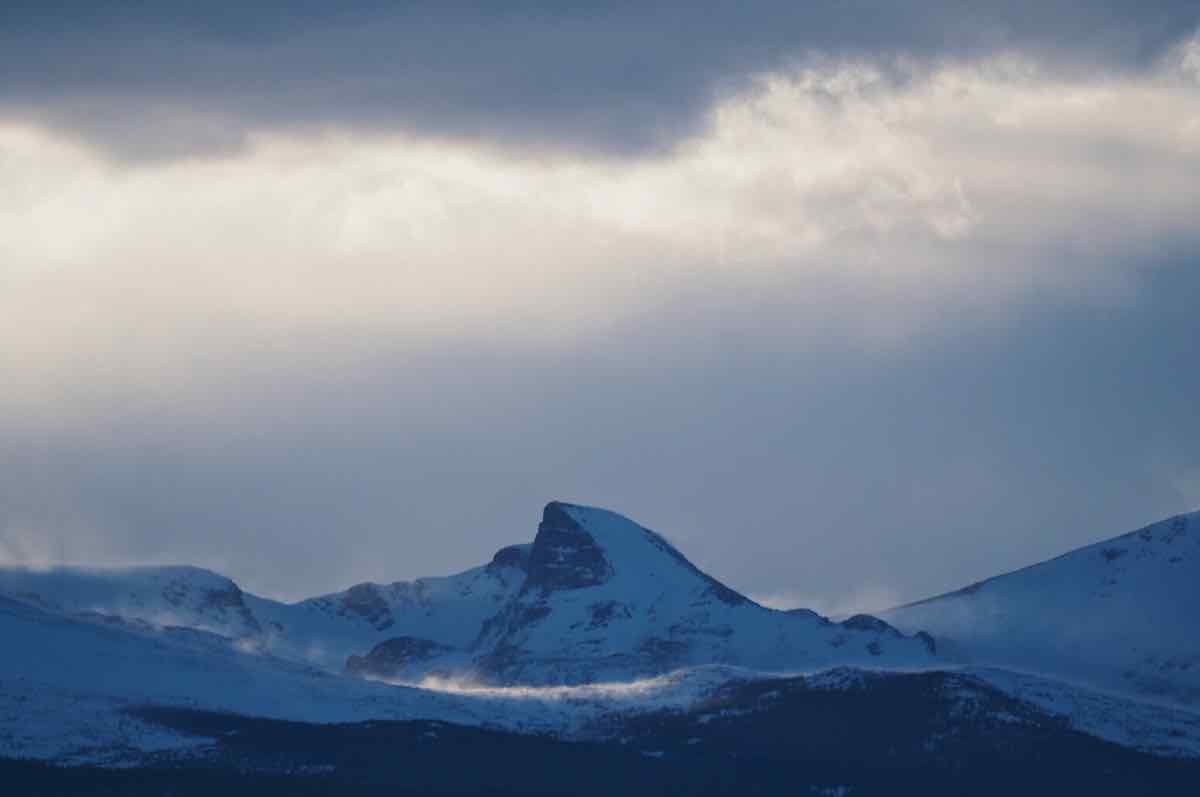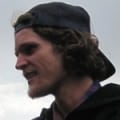In mid-December of 2017, I flew into Salt Lake City, Utah (SLC) for a few days on a work trip. As the plane began its descent, we plunged into a thick brown smog that enveloped the valley, leaving clear blue sky in our wake.
In winter, inversions are a common occurrence on the Wasatch Front where SLC resides. A layer of warm air traps cold, polluted air below, causing it to stagnate in the valleys. Friends had warned me of how toxic the city’s air can get during these inversions, but it wasn’t until I landed that I realized just how bad the situation is.
I passed a construction zone on the way out of the airport, covered in a layer of frost, obscured by the palpably thick smog. Snowflakes formed out of freezing pollution. My eyes and throat itched just walking down the street. Running outside without donning a respirator mask was out of the question. This amalgam of bleak visuals collided to give the city a distinct post-apocalyptic feel.
In a situation like this, it is hard to ignore our direct contribution as individuals to poisoning ourselves and our planet. While most of us acknowledge our complicity in the environmental crisis, we often feel defeated when faced with the magnitude of these issues. Therefore, we judge and blame each other for all the little things we’re doing wrong. We feel guilty for not caring enough, or ignore the issues altogether because the greater harm we are causing isn’t always as tangibly evident or doesn’t seem to impact us directly.
This way of thinking pits us against each other, inducing stagnation in our collective consciousness. There is no silver bullet to solving the current environmental crisis, but rather a multiplicity of actions that together allow us to imagine a future beyond the inversion.
There are a number of individuals, organizations, and businesses that choose to focus on solution-driven initiatives to bring about effective change rather than dwelling on the shortcomings of the current system.
One such individual is Jared Campbell, a Utah resident who, driven by his love for the Wasatch and trail running, launched Run Up For Air (RUFA). RUFA is an event created to raise awareness and funds, and to directly engage the community in a tangible way to fight for improved air quality on the Wasatch Front.
The concept of the event is simple: participants run as many laps as they can in a 24-hour period up and down Grandeur Peak, an 8,299-foot mountain just east of SLC. There are also options to run a 12- or six-hour version. Last year, participants accumulated a total of 474 summits, raising funds through entry fees and pledges for laps for Breathe Utah, a nonprofit that works to improve air quality in the state.
Inspired by RUFA’s success, a group of motivated individuals from Suffer Better, Skratch Labs, and Berkeley Park Running Company launched a Colorado version in March of 2018.
While I loved the idea of RUFA on paper, it wasn’t until I personally took part in the Colorado event that I realized just how meaningful this type of initiative can be on many different levels.
As mentioned above, the event serves as a way to raise awareness and funds for a cause that impacts us all, runners and non-runners alike. This community gathering is also a way of demonstrating the direct connection between trail running and the environment. While this may seem like an obvious statement to many, in a more conventional race, it is easier to focus solely on the race and make abstraction of the environment in which we are recreating.
In a RUFA-style event, the stage is set for participants to physically engage in the cause they are fighting for and thus reflect more deeply on the environmental issues that directly affect us.
Personally, my thoughts often seem to be most clear while I’m running. There’s something about the effort that induces a mental sharpness that is hard to replicate elsewhere. Lap after lap during the Colorado RUFA event, I thought of the attention and care required to keep my body healthy and moving for a prolonged period of time as being analogous to the qualities needed to sustain a healthy and thriving environment.
This experience of Running Up For Air filled me with hope that together, step by step, we can rise above the inversion and aspire for clearer skies and a clearer state of mind.
Call for Comments (from Meghan)
- Did you participate in either the Utah or Colorado Running Up for Air events? If so, what was the experience like for you?
- Most trail runners have well-developed environmental appreciation, but fewer of us take the next steps into advocacy and action on behalf of the environment. What are some ways that we trail runners can tangibly put into action our love for the places through which we run?
- In addition to RUFA, what other movements or events in the trail running community call trail runners to action on behalf of the natural places through which we run?

